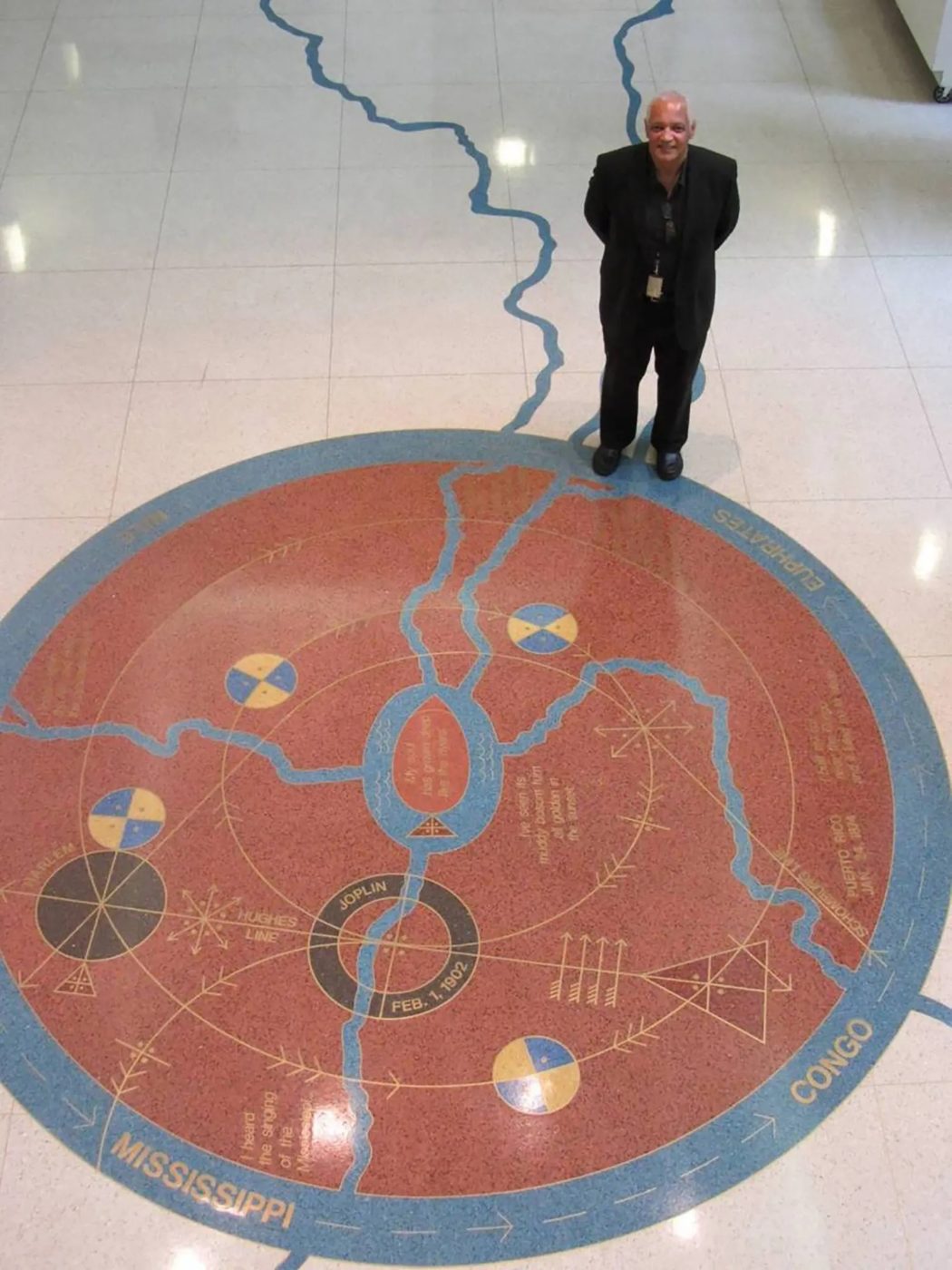Remembering Christopher Moore and Honoring New York City’s Whole History

Christopher Moore (b. January 20, 1952, d. March 13, 2022, of complications from COVID and pneumonia) was a curator, archivist, author, storyteller, researcher, and the longest-serving member of New York City’s Landmarks Preservation Commission, from 1995 to 2015. Moore became a notable fixture in the New York City preservation movement through his work to preserve and landmark the African Burial Ground at 260 Broadway. He first became aware of the burial ground in 1991 after receiving a phone call from his mother who learned that the cemetery, which was started by Moore’s Native American ancestors and later known as the Negroes’ Burying Ground, was being excavated for an office tower. Moore, whose mother was Native American and father was Black, was tasked with finding out if he had any ancestors buried in the cemetery.

A journalist by training, Moore immediately visited the site, began speaking with construction workers, and started researching the cemetery. While the workers were required to sign confidentiality agreements, many admitted to Moore that “truckloads” of bone fragments were being carted away. A few months after this discussion, the skeleton of a woman and 10 other complete skeletons were discovered at the site. Eventually, over 400 individual remains were found at the site. It is estimated that somewhere between 15,000 and 20,000 people were buried here. The burial ground is considered one of the most significant archaeological discoveries of the 20th century. Christopher Moore’s extensive research and passionate advocacy for this site resulted in its designation as a New York City Historic District in 1993 and National Monument in 2007.

In our neighborhoods, Christopher Moore’s research has revealed that the site of the Americas’ first Freed Black Settlement was right where a large swath of Greenwich Village, the East Village; SoHo and NoHo now stand. This settlement was comprised of individual landholdings, many of which belonged to former “company slaves” of the Dutch West India Company. Director-General William Kieft granted land to manumitted slaves under the guise of a reward for years of loyal servitude. However, these particular parcels of land were granted by the Council for what may have been more calculated reasons. As the colony of New Amsterdam faced the threat of Native American raids and attacks, by granting manumitted slaves landholdings in these areas, the colony created in essence a defensive buffer zone between the Native Americans residing in northern Manhattan and the European colonists residing at the southern tip of the island. Some of the freed African landowners in this area were Manuel de Gerrit de Rues, Simon Congo, Anthony Congo, Manuel Groot (Big Manuel), and Paulo d’Angola. Moore’s research on these settlements and Black history in our neighborhoods was instrumental in the creation of Village Preservation’s Civil Rights and Social Justice Map.

Christopher Moore also served as a research coordinator and curator of numerous exhibits at the New York Public Library’s Schomburg Center for Research in Black Culture. He published numerous books on African American, Native American, and New York City history such as Fighting For America: Black Soldiers, The Unsung Heroes of World War II, Slavery In New York, The Black New Yorkers: 400 Years of African American History, Standing In the Need of Prayer: African American Prayer Traditions, and more. He was key to helping to preserve properties around the city, both before he joined the LPC (writing designation reports for Harlem’s Mother A.M.E. Church and Abyssinian Baptist Church) and during his two decades as a member of the commission.
Moore was also a friend to Village Preservation in many ways, overseeing and enthusiastically supporting the designation of the Gansevoort Market, Weehawken Street, Greenwich Village Historic District Extensions I and II, South Village Historic District, NoHo Historic District Extension, East 10th Street Historic District, and East Village/Lower East Side Historic Districts — all either originally proposed or strongly advocated for by Village Preservation. perhaps most importantly, he was a great font of information and wisdom, not only for Village Preservation, but for anyone in New York City who cared about history and historic preservation, especially in the most expensive and inclusive sense. As our Executive Director Andrew Berman said, “Chris was always there to generously offer wisdom, advice, or a reference. His love of history and reverence for its importance was palpable. The legacy he left in New York and beyond from his research, his writings, his advocacy, and his wise counsel is almost immeasurable. He will be sorely missed.”
